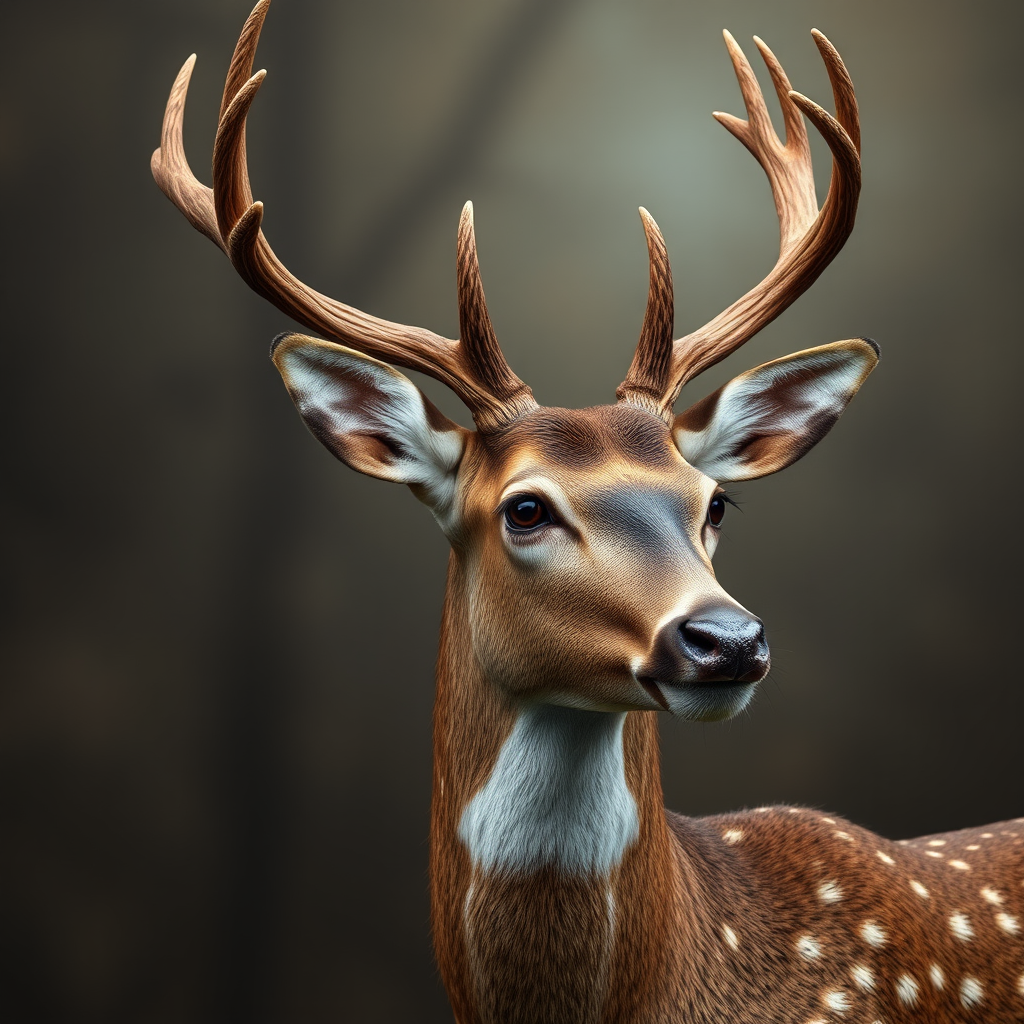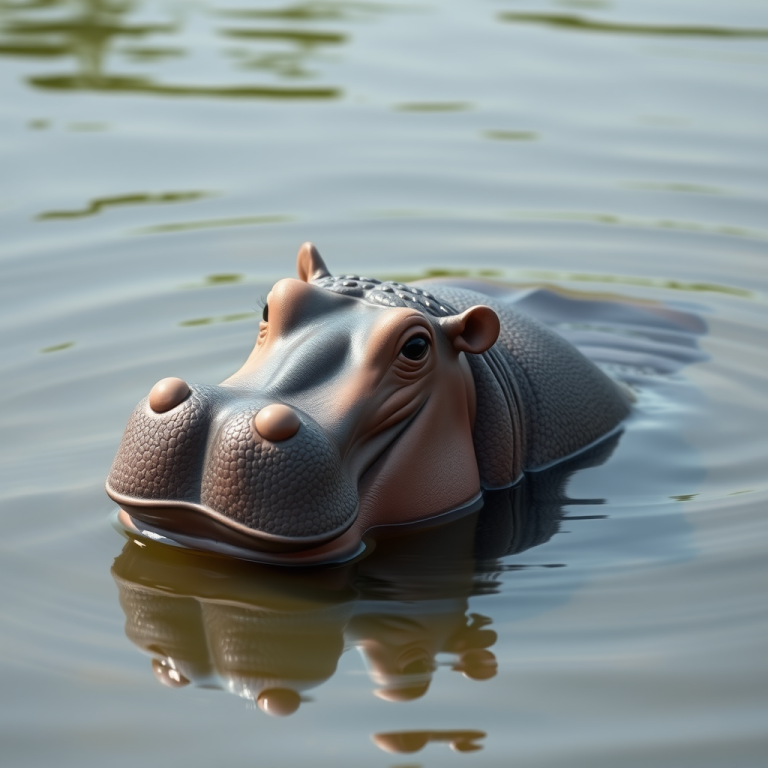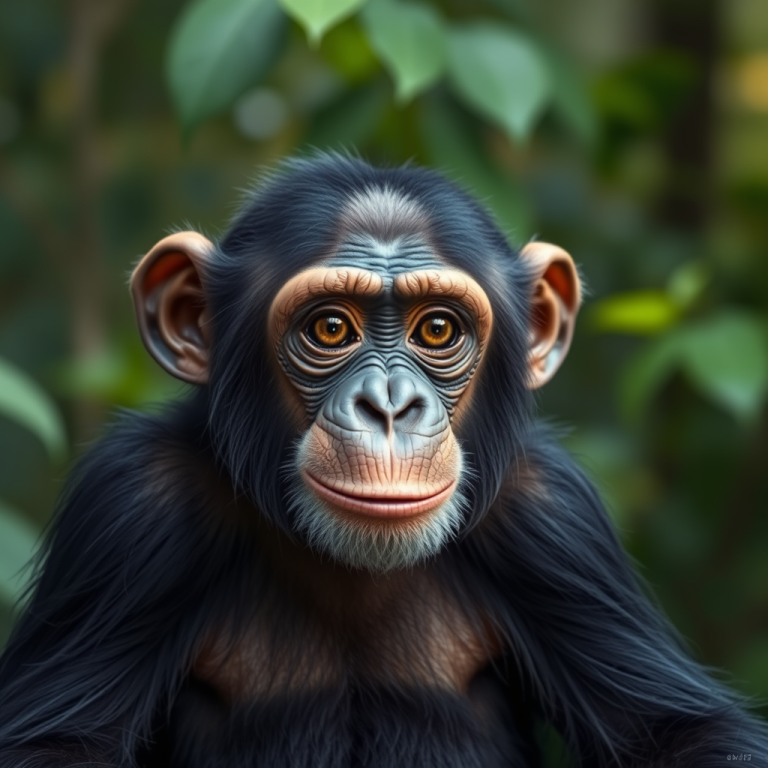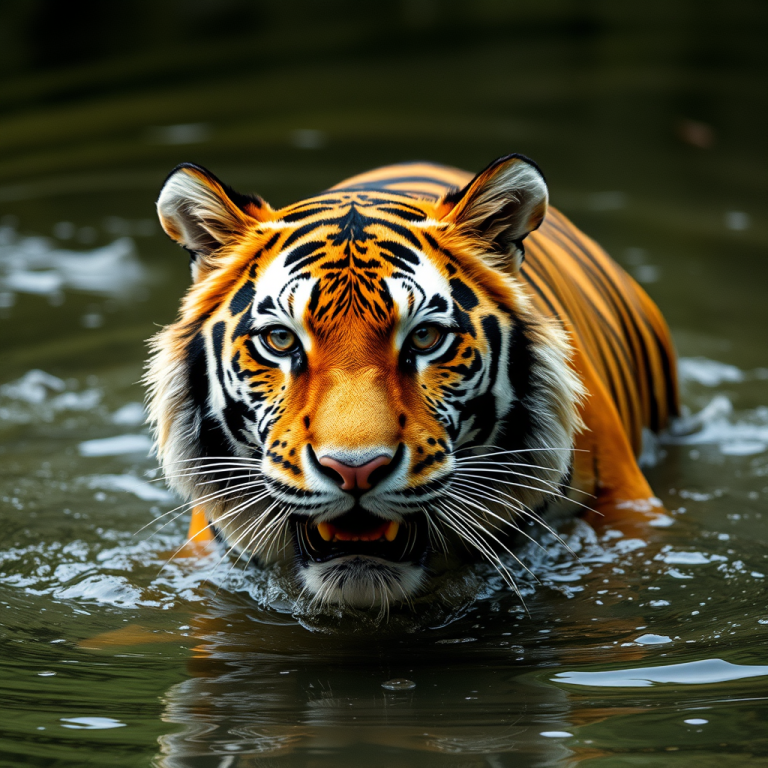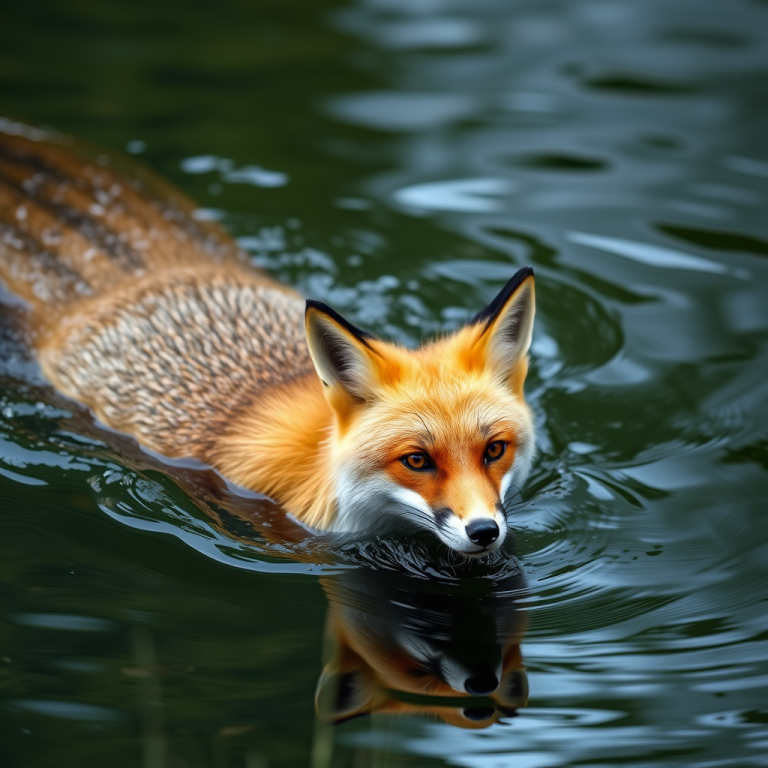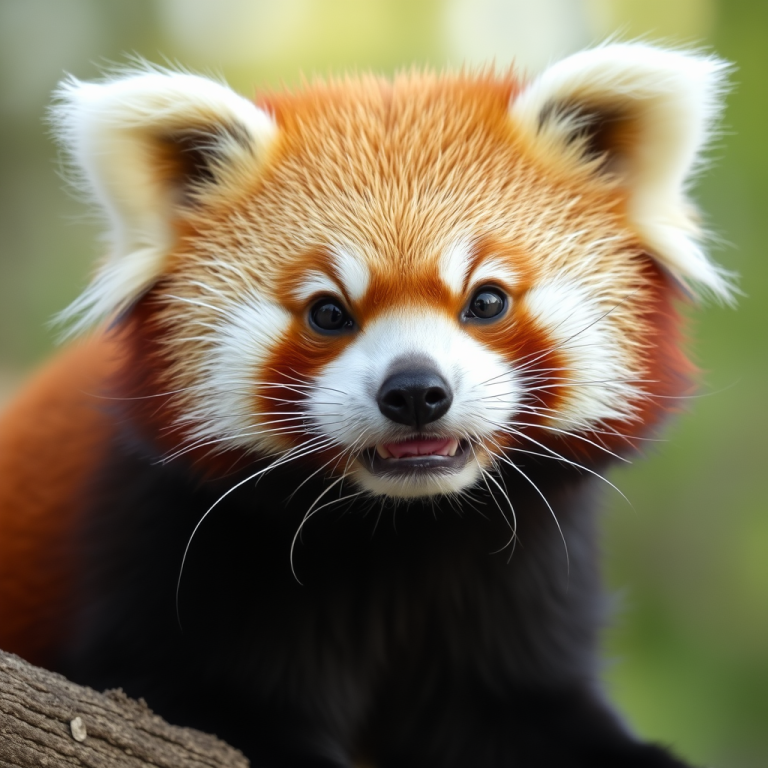Graceful and Wild: A Closer Look at Deers
Deers are some of the most admired animals in the wild. Whether you spot one deep in the woods or catch them crossing a quiet road at sunset, their calm presence and natural grace make them unforgettable. There’s a softness in how they move—but underneath that, there’s a wild strength that helps them survive.
What Exactly Is a Deer?
Deers belong to the Cervidae family, which includes species like white-tailed deer, reindeer, elk, and moose. One of their most recognized features is their antlers, which most male deers grow and shed yearly. These bony structures are used during mating season to compete with other males and to attract mates. Interestingly, in species like reindeer, both males and females grow antlers.
Their bodies are built for speed and escape—long legs, strong muscles, and light frames allow them to run, leap, and even swim with surprising skill. While they might look delicate, deers are well-equipped to handle the dangers of their environments.
Camouflage and Survival Instincts
Deers are survival experts. Their fur blends naturally with forests, especially during the fall and winter months. When threatened, their first response is to freeze. This stillness helps them avoid detection by predators. Along with this, their large ears can rotate to pick up distant sounds, and their sharp sense of smell can detect danger before it gets too close.
What’s on the Menu?
As herbivores, deers rely entirely on plant life to survive. During spring and summer, they graze on grasses, berries, and soft greens. In colder months, when food is scarce, they rely on bark, twigs, and dried leaves. Their four-chambered stomachs help them break down tough vegetation that other animals might not be able to digest.
Social Life and Raising Young
Deers are generally social, traveling in small groups called herds. Males may form temporary bachelor groups, while females usually stay with their young. Baby deers, known as fawns, are born with white spots that help them blend into dappled sunlight on the forest floor. These spots fade as the fawn grows older.
Mothers are fiercely protective, often leaving their young hidden while they search for food, always returning to nurse and guard them.
Cultural Significance
Across cultures and history, deers have symbolized peace, gentleness, and intuition. In Native American traditions, they represent sensitivity and spiritual awareness. Celtic mythology views them as messengers from other realms. Even in modern media, characters like Bambi have turned the deer into a symbol of innocence and resilience.
Final Thoughts
There’s a lot more to deers than meets the eye. Behind their graceful appearance is a story of instinct, intelligence, and quiet strength. They remind us that even the most gentle creatures are still powerful in their own way.
If you’re curious about the wonders of wildlife, stick around—there’s a whole world to explore at Wonder of Wild.
